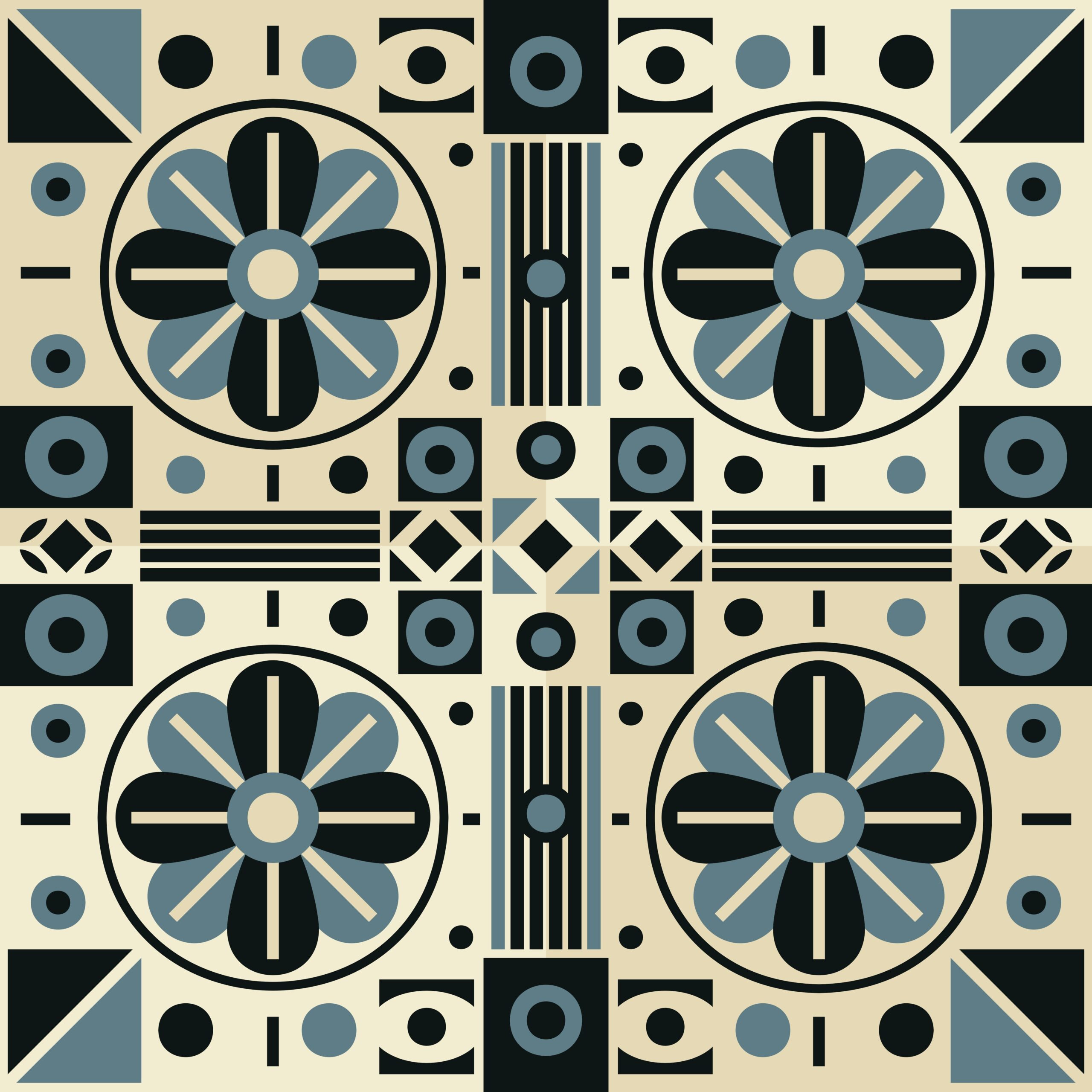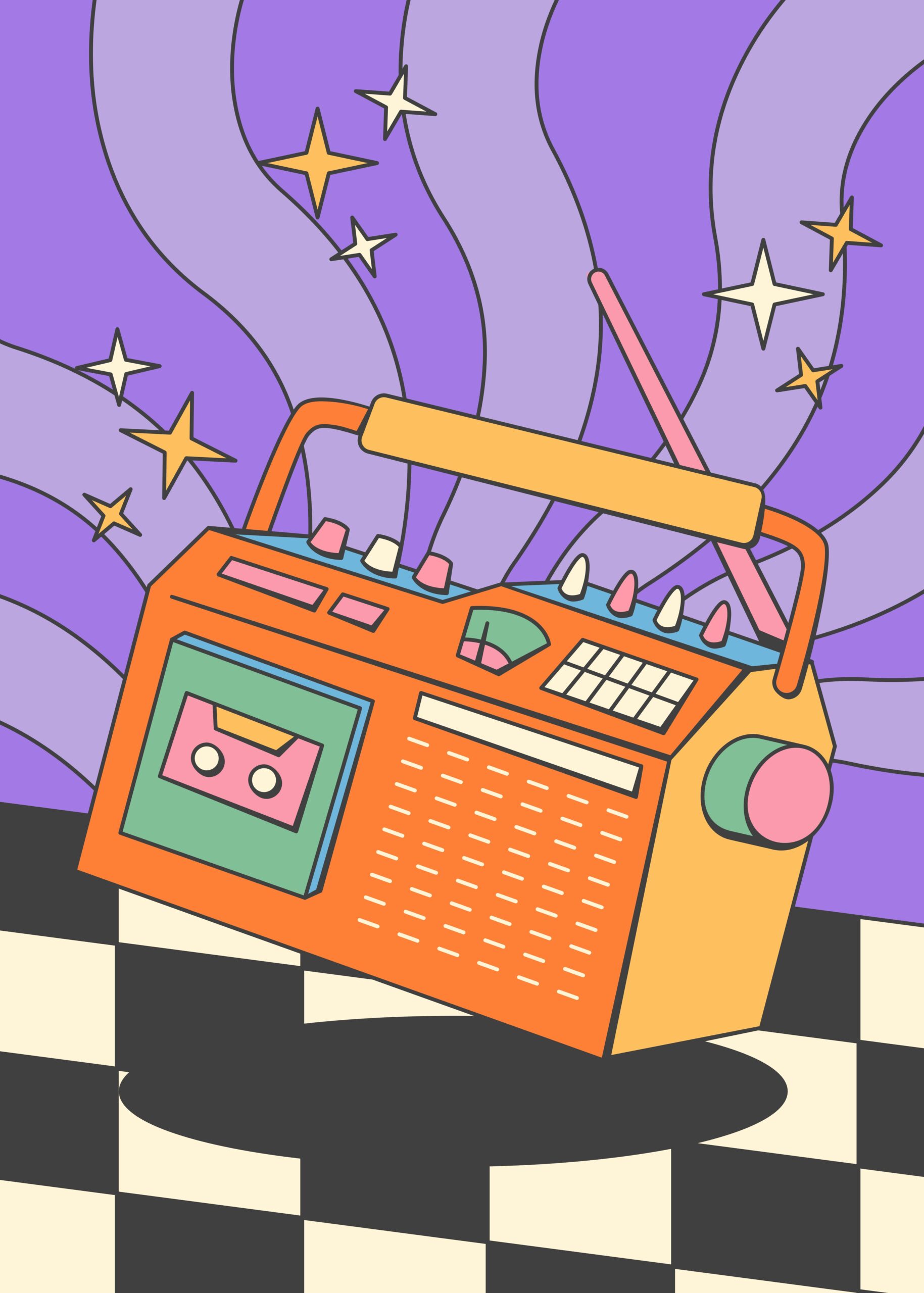 Beatmaking Tips
Beatmaking Tips I have a Lofi hiphop beat, but it’s too clean. How can I make it sound like a Lofi hiphop beat?
I totally get it! Lofi hip hop is all about that warm, fuzzy, and nostalgic vibe. To give your beat a more lofi hip hop ...
 Beatmaking Tips
Beatmaking Tips  Beatmaking Tips
Beatmaking Tips